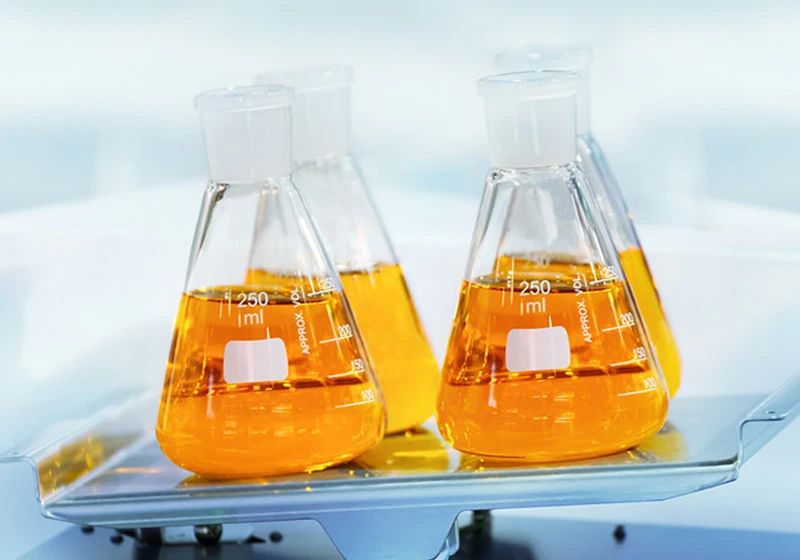Dunaliella salina's Global Impact: Navigating Oceans of Influence
2024-04-16

Dunaliella salina, a microscopic powerhouse, has transcended its humble origins to make waves across the globe. In this blog post, we embark on a journey to unravel the intricate tapestry of Dunaliella salina's global distribution and its far-reaching impact on various industries, economies, and ecological landscapes.
Global Distribution: From Salt Lakes to Every Shore
The extraordinary properties of Dunaliella salina know no bounds, and its global presence is a testament to its adaptability. Thriving not only in cultivation but also in natural habitats, Dunaliella salina graces diverse environments. From the mesmerizing shores of the Dead Sea to the expansive salt lakes of Australia, this resilient microalga has found a home in some of the most unique and extreme locations on Earth(1).
Beyond its natural habitats, Dunaliella salina's cultivation has become a global phenomenon. Laboratories, biotech firms, and industries worldwide have recognized its potential and have integrated its cultivation into their processes, creating a network that spans continents.
Applications Across Industries
Dunaliella salina's influence extends far beyond its microscopic size. Its unique properties make it a versatile resource, contributing to a myriad of industries.
Cosmetic Marvel
The cosmetic industry has embraced Dunaliella salina for its high carotenoid content. The natural pigments and antioxidant properties of the microalga make it a prized ingredient in skincare products. From natural skin rejuvenation to UV protection, Dunaliella salina has become synonymous with cosmetic excellence(2).
Nutritional Supplementation
In the realm of health and wellness, Dunaliella salina stands tall. Recognized as one of the richest natural sources of β-carotene, it plays a crucial role in dietary supplements. Its incorporation aids in boosting overall health and vitality, providing a natural source of essential nutrients for those seeking a balanced diet(3).
Biotechnological Marvel
Dunaliella salina's unique properties position it as a prime candidate for various biotechnological applications. Its adaptability and robustness facilitate the biological production of valuable bioactive compounds. Researchers are exploring its potential in fields ranging from biomaterials to clean energy sources, unlocking innovative solutions for a sustainable future(4).
Economic and Ecological Impact
The economic and ecological ramifications of Dunaliella salina's global presence are profound. Its cultivation, whether in natural or controlled environments, has economic implications for regions that harness its potential. Simultaneously, its ability to thrive in extreme conditions makes it an eco-friendly option for industries seeking sustainable alternatives(5).
Unleashing Potential, Shaping a Healthier World
As we navigate through the global impact of Dunaliella salina, it becomes evident that this microscopic marvel has transcended its natural habitat to become a catalyst for positive change. From the laboratories of biotech firms to the shelves of cosmetic stores, Dunaliella salina is not just a microalga; it's a global influencer shaping a healthier and more vibrant world.
Join us in celebrating Dunaliella salina's global impact, where innovation meets nature to create a sustainable legacy.
References:
1. Oren, A. (2005). "A hundred years of Dunaliella research: 1905–2005." Saline Systems, 1(2).
2. Cuaresma, M., Janssen, M., Vílchez, C., & Wijffels, R. H. (2009). "Productivity of Dunaliella salina under
Diverse Environmental Conditions." Biotechnology and Bioengineering, 103(2), 423–431.
3. Hejazi, M. A., de Lamarliere, C., Rocha, J. M., Vermue, M. H., Tramper, J., & Wijffels, R. H. (2002). "Selective Carotenoid Extraction from Dunaliella salina." Biotechnology and Bioengineering, 79(3), 29–36.
4. Goyal, A., & Osmolovskaya, N. (2020). "Biotechnological applications of Dunaliella salina: a promising microalga." Process Biochemistry, 92, 294–303.
5. Gouveia, L., Marques, A. E., & Sousa, J. M. (2009). "Microalgae biomass production using wastewater: Treatment and costs." Bioresource Technology, 100(22), 5846–5851.

